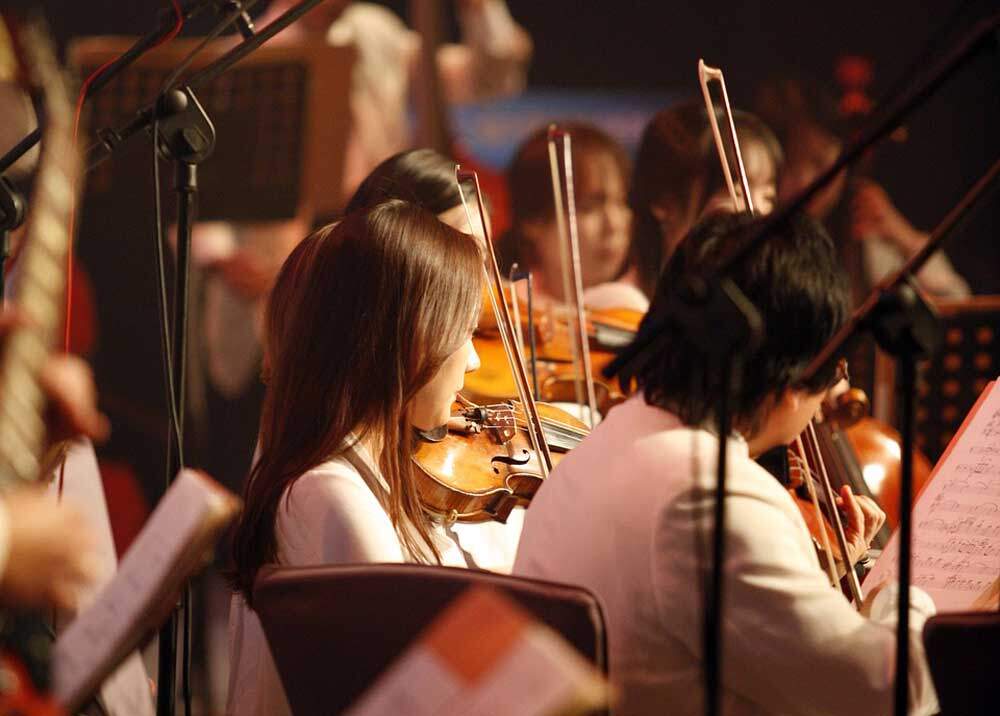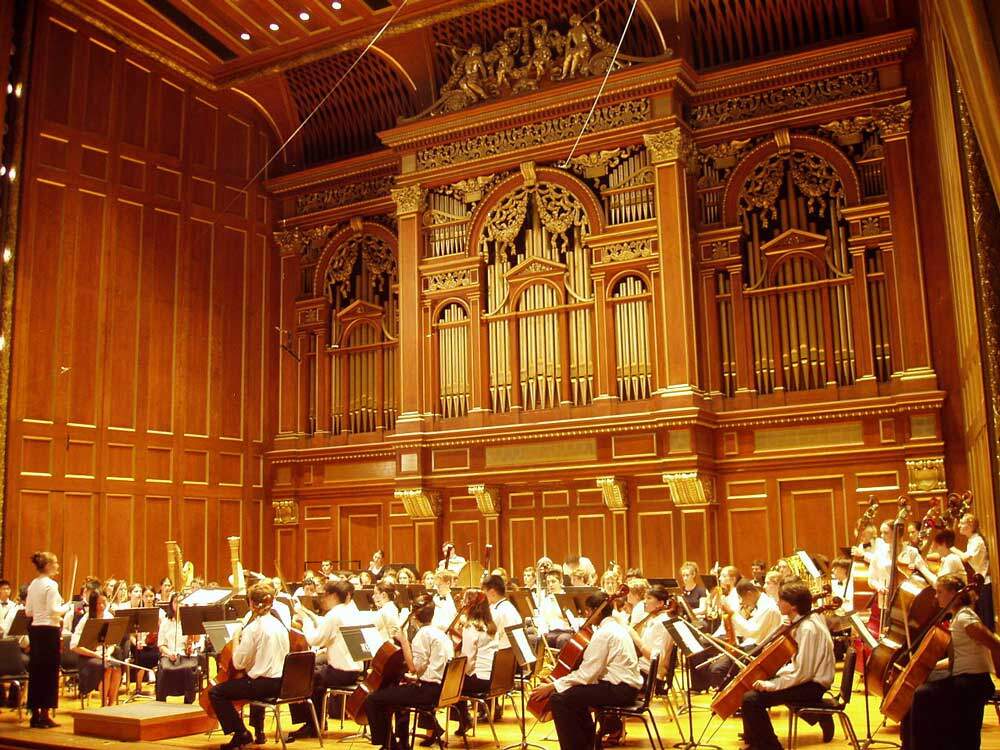You may have heard the word, but what does it mean?
Some of us may not be very well informed about the different terms used in relation to classical music. One of the terms that many people find confusing is “philharmonic.” Through this article, you’ll learn what it means and also get to know other terms that are related to it.
Meaning of philharmonic
The term philharmonic is a combination of the two Greek words “philos” and “harmonikos.” In Italian, it is known as “filarmonico,” while in French it is known as “philharmonique.” During the 18th century, the word “philharmonic” was derived from the French term.

The term literally means love of harmony, musical harmony that is and not the feeling of harmony. It is used as an adjective, usually to describe an orchestra. It is most commonly used by various music societies all over the world to name their professional orchestra.
Other Terms Related to Philharmonic
Orchestra
This term is a general term that is used for an ensemble which plays various stringed musical instruments, woodwind instruments, percussion, brass and many others. Although they are quite famous for playing classical music, they can also play different music genres.
Chamber orchestra
In French, the term “chamber” means room. So, if an orchestra is an ensemble which plays various musical instruments together, a chamber orchestra is a small group that play together and can fit in a room. This smaller group of people can be made of up to 50 musicians. In the past, they usually play at private halls, palace chambers or even aristocratic parlors.
Symphony orchestra
A symphony orchestra is an ensemble that comprises more than 100 players of string, woodwind, brass and percussion instruments. Although it only seems to differ with the chamber orchestra because of the number of musicians in the group, the sound that they produce is also different.
They can also play various music of different genres but shine best when they play symphonies from famous classical musicians like Brahms, Beethoven, and many others.
Philharmonic orchestra vs. symphony orchestra
One confusion about the term philharmonic can be related to a philharmonic orchestra vs. a symphony orchestra. Essentially, both are the same. Both philharmonic and symphony describe the orchestra and they describe them in the same manner.
Although symphony and philharmonic have the same meaning, it isn’t right to use the terms interchangeably when you are taking about the names of the orchestras. For a large city such as London or New York, it is possible that there is more than one professional orchestra.

One may be named the London Philharmonic Orchestra, and the other the London Symphony Orchestra. The two are different orchestras but they can play the same music and they also have more than 100 different musicians.
Your first philharmonic or symphony orchestra concert
Classical music isn’t really new to hear, even if you consider yourself a person who loves the more modern genre. We can hear classical music every day, or at least part of it. Many pieces familiar to us because we have heard them in movie soundtracks, cartoons, elevators and even retail shops. Some of the popular music of today even incorporate the classical melodies too.
There is really something beautiful with the music played by a full orchestra. They are enjoyable to watch and hear live. If it is your first time to experience a live orchestra performance, there are a few things that you should know.
The best way to enjoy the concert is simply to let yourself open up to the music. Feel it and just enjoy it. Some things may seem weird or new to you, but the best thing to do is to focus on the music.
It is best to arrive early so that you can settle in your seat and browse through the program. It is also great to watch the orchestra warm up for the concert.
Most of the time, there is a break in the middle of the concert to give the musicians time to rest and the audience time to eat, mingle with friends or use the bathroom.
Clapping is done during the beginning of the show as a welcome sign for the conductor and all the musicians. The audience doesn’t usually clap in the middle of the piece but waits until the end of the piece.
Recording the concert by making use of any device is not allowed.


Leave a Reply